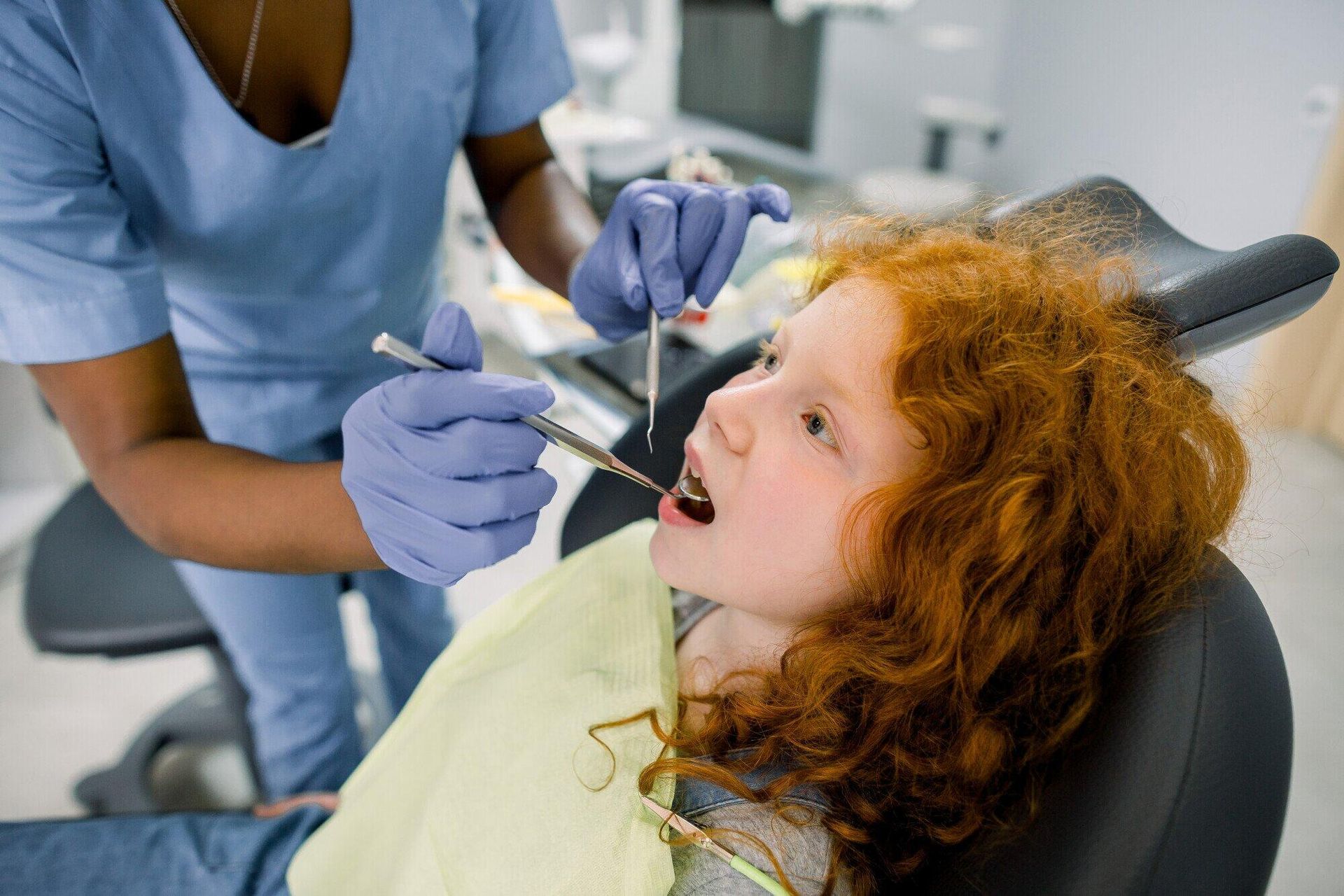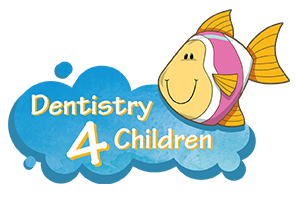A Patient's Guide to the Latest Advancements in Cosmetic Dentistry
Are you wondering if cosmetic dental care is right for you? Read here for a patient's guide to the latest advancements in cosmetic dentistry.
More than half of Americans (67%) are insecure and self-conscious about their teeth. Many people even smile with their mouths closed, so no one sees them.
Cosmetic dentistry focuses on improving the appearance of a person's teeth, gums, and smile. This is in contrast to traditional dentistry, which focuses on oral hygiene, and the prevention and treatment of oral diseases.
Cosmetic dentistry goes beyond that to enhance the aesthetics of the mouth.
If you're feeling uncomfortable with the way your smile looks, know you aren't alone. There are millions of people in the same position as you and we are here to change that.
This guide is going to tell you everything you need to know about cosmetic dental treatments and much more.
The Basics of Cosmetic Dentist
Cosmetic dentistry can seem overwhelming and intimidating. There are many dental treatments and procedures that fall under the category of cosmetic dentistry. Understanding the treatment options will ensure you choose the best oral care for your situation.
Teething Whitening
Teeth whitening is one of the simplest and most effective ways to brighten your smile. This procedure is non-invasive and effective.
It removes stains that are caused by coffee, tea, red wine, and tobacco. It's a fairly simple process, but it can make a world of difference when it comes to your confidence levels.
Dental Implants
Dental implants are another remarkable innovation in modern dentistry. If you're missing teeth, not only may you have a hard time eating, but you may not like the way your smile looks.
Dental implants are a great way to fix this issue. During this procedure, the dental implant will be inserted into the jawbone. It will look and function like a natural tooth.
It'll be a permanent and lifelike solution to tooth loss. With proper dental care and maintenance, implants can last a lifetime. This makes them a highly sought-after option, as they are durable and aesthetically pleasing.
Dental Veneers
Dental veneers are also a popular cosmetic dental procedure. They are an ultra-thin porcelain shell that is custom-made to cover the surface of your teeth.
They can cover all imperfections such as chips, cracks, and discoloration. They will make your smile look uniform. They are also stain-resistant, which provides a long-lasting solution for a bright smile. They are very durable and can last for a long time with proper care.
Another reason many people invest in dental veneers is the placement process. It only requires a few appointments, and the results are immediate.
There are a few downsides that you need to be aware of. The process of applying veneers involves removing a small amount of your tooth enamel.
This is irreversible. Once you have veneers, you will always need them to maintain the appearance of your teeth. Dental veneers can also be very expensive and are typically not covered by dental insurance because they are considered cosmetic. While veneers are durable, they will need to be replaced every 10 to 15 years.
Invisalign
Invisalign is a great option if your teeth are not straight. It is a great alternative to traditional braces. They are almost completely invisible and correct various orthodontic issues discreetly, which is appealing to a lot of people.
Dental Bonding
If you're looking for a quick and cost-effective way to improve the appearance of your smile, dental bonding is a great option. A tooth-colored resin will be applied to repair chips and cracks, and even fill gaps in your teeth.
Latest Advances in Cosmetic Dentistry
Technology is constantly improving and advancing, which means it's vital that you stay up-to-date on all the options.
Digital smile design is a tool that can help you and your dentist design your ideal smile. It allows you to visualize the final results.
Before any treatment begins, you can see what the outcome is going to be and ensure you are satisfied. You'll then have the opportunity to change your plan based on what you see.
Biomimetic dentistry focuses on preserving natural tooth structure. It works by mimicking the tooth's natural functions.
The goal of this approach is to lead to longer-lasting and more aesthetically pleasing restorations. It's easy to become frustrated when a cosmetic procedure requires a lot of maintenance after only a short time.
3-D printing has revolutionized the creation of dental prosthetics. Custom-made restorations, such as crowns, bridges, and dentures, are game changers.
Laser dentistry has also become widely used in the industry. Many professionals are using laser treatments for procedures such as gum reshaping, teeth whitening, and even cavity removal.
These procedures are often less invasive, with shorter recovery times, which is why they are becoming more popular.
Is It Right for You?
Now you're probably wondering which option is best for you. It's important to look at your overall oral health before making this decision.
Your cosmetic procedure should never compromise your health. It should also align with your dentist's recommendations and help you maintain healthy teeth and gums.
The cosmetic procedure you choose is also going to be based on your goals. You'll need to think about what you want to achieve with cosmetic dentistry. By talking with a professional, you'll be able to create an appropriate treatment plan.
Your budget is another huge factor. Some cosmetic treatments are more expensive than others.
Unfortunately, a lot of these options are not covered by insurance. However, a lot of dentists offer financing options, which can be helpful.
Before getting any procedure be sure you are comfortable with your choice and your dentist. Ask as many questions as you need.
Cosmetic Dentist in Friendswood, TX
As you can see, there are many aspects of cosmetic dentistry. While its primary focus is on aesthetics, it also considers the overall oral health of the patient.
Working with a cosmetic dentist will help you feel confident with your smile while also maintaining your health. Working with a dentist who is qualified and experienced will ensure you get the best care and results.
Whether you have questions about cosmetic treatments or if you're ready for dental procedures, contact our team here at Bay Area Dental Specialist and Dentistry 4 Children.















